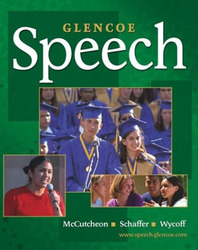
SpeechChapter 20: Parliamentary ProcedureOverviewParliamentary procedure, which is based on ideas developed in the British Parliament, is a system of rules followed in group meetings. The goal of parliamentary procedure is to ensure the making of fair and balanced decisions that represent the will of the majority but also take minority views into account. The basic principles of the procedure, which are based on common sense, are (1) do one thing at a time, (2) the majority decides, (3) the rights of the minority are protected, (4) conduct a full and free discussion, and (5) act with fairness and good faith. In parliamentary procedure, the person in charge of the meeting is called the chair, and the group present at the meeting is called the house. Most organizations have a president, who conducts the meetings, a vice president, a treasurer, and a secretary. Before a meeting can take place, a quorum, or minimum number of members, must be present. Sometimes a group may call an executive session in which outsiders are not permitted. In a meeting members are responsible for stating and seconding a main motion and then passing the motion, postponing it, sending it to committee for study, or defeating it. |  |















